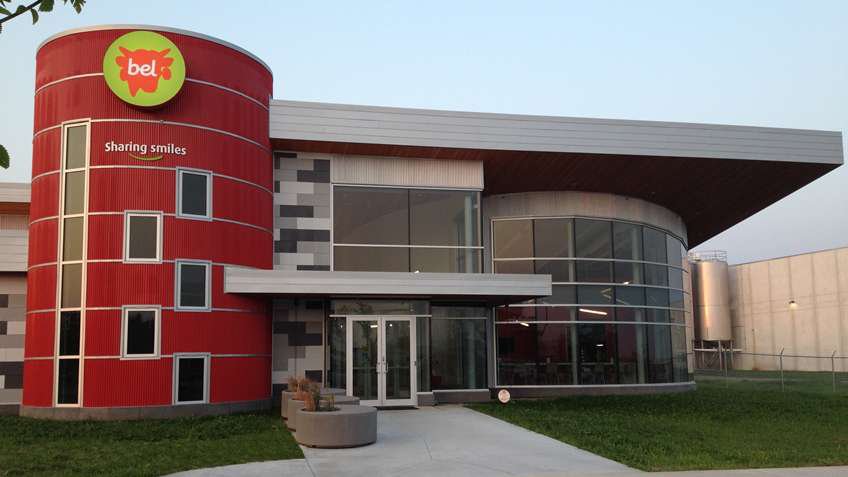Solution
During the meetings of the steering committee the technical decisions were made. For the software, the key word was standardisation. “As we wanted our applications to be easy to maintain and connect easily with third-party software, we selected two programming standards: PackML 3.0 for the conditioning, and ISA 88 for the process,” comments Bagourd. Even if ISA 88 is a standard, its deployment has to be specific for each company. This meant that the Bel teams had to develop their own standard if they wanted to be able to easily integrate pieces of software that are developed by suppliers.
“We described the main graphical objects we wanted for the applications, so that the symbol used to describe, for example a motor, would be the same in the whole factory. We also defined some basic functions, such as the acknowledgement of an alarm or the way a machine can be switched to manual mode, explains Christian Villedieu de Torcy, head of automation and industrial computing projects in the Bel Group engineering department.
All these graphical objects and basic functions were sent to the suppliers, so that they could implement them in every machine or program developed for the Brookings factory. “And we were there to coach the suppliers whenever they needed help in using the standards or working on our products,” adds Dominique Leroi, sales engineer in charge of consumer packaged goods activities at Rockwell Automation, France. At the request of Bel, a post installation audit was conducted by Rockwell Automation in order to check the correct implementation of the automation standards selected by the steering committee.
Standardisation efforts were defined for the hardware element of the project, too. A large part of the Integrated Architecture portfolio from Rockwell Automation was deployed, starting with an EtherNet/IP network – chosen by Bel for the backbone – and a device level ring (DLR) network for the copper network that links the 40 automation controllers to the equipment.
Allen-Bradley® Kinetix® drives are connected directly onto the EtherNet/IP network, which manages the multiple axes deployed in the cheese-pressing machines. With regards to safety, the French company selected Allen-Bradley GuardLogix® safety controllers. “Each sector of the production line is controlled by a safety controller and all of them are linked through an EtherNet/IP network; this allows Bel to stop a sector while the other areas are still running, which greatly helps to improve productivity,” adds Leroi.
The utilities management system (water, cooling and compressed air networks) is connected to FactoryTalk® View supervision software, via a dedicated controller. “It is the first Bel factory in which we integrate the energy management into the supervision system,” notes Christian Villedieu de Torcy. And thanks to the Allen-Bradley PowerMonitor™ counters installed on the electrical cabinets, Bel automation engineers are able to develop any kind of algorithm they wish to use to reduce their energy consumption.
Production data are also tracked and traced with FactoryTalk Historian Software for quality audits.

